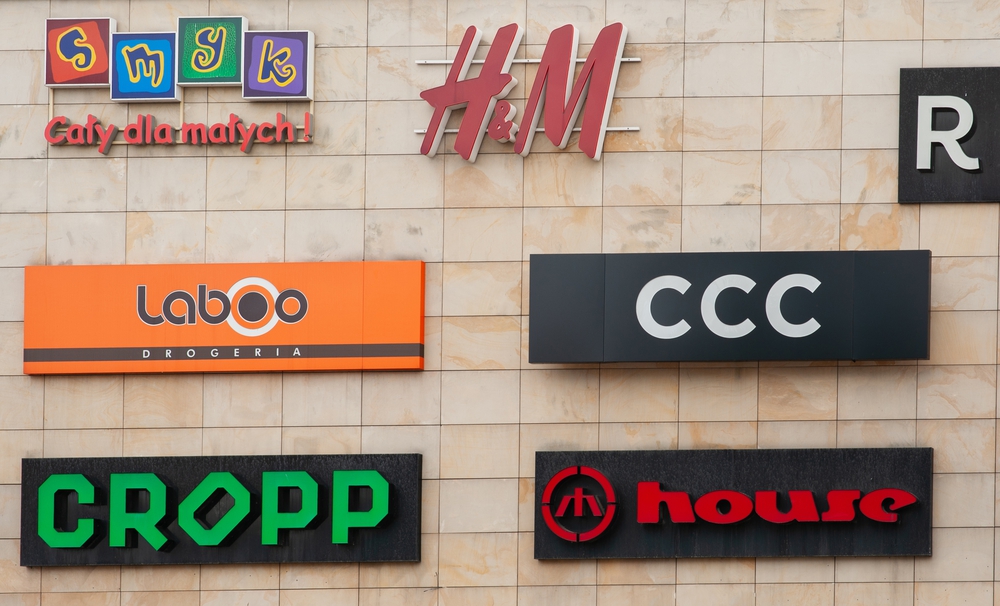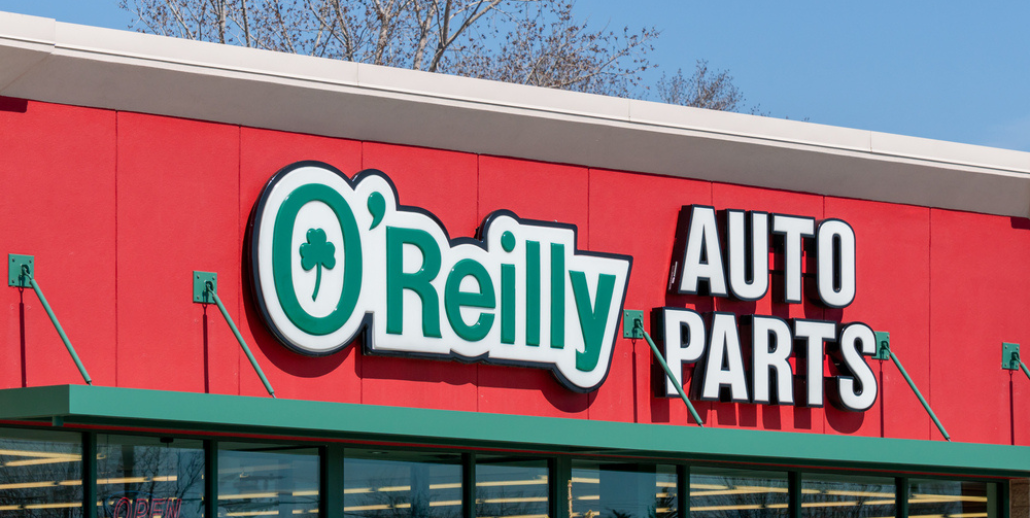When it comes to creating impactful signage, the material you choose plays a significant role in the overall look, durability, and effectiveness of your sign. Acrylic, aluminum, and polycarbonate are three popular materials in the signage industry, each offering unique benefits. In this guide, we’ll dive deep into comparing these materials, helping you make an informed decision for your business signage needs.
Key Takeaways
- Material Selection is Crucial: Acrylic, aluminum, and polycarbonate each offer unique advantages for different signage needs.
- Consider Environmental Factors: Choose materials based on location, exposure to elements, and desired durability.
- Aesthetic Alignment with Brand: Select a material that complements your brand’s visual identity and aesthetic goals.
- Budgeting for Longevity: Factor in both initial costs and long-term maintenance when choosing your sign material.
- Expert Consultation: Consult with signage experts like Tupp Signs for tailored advice and optimal material selection.
Acrylic vs. Aluminum vs. Polycarbonate
| Feature | Acrylic | Aluminum | Polycarbonate |
|---|---|---|---|
| Aesthetic Appeal | High (clear, modern) | Professional | Versatile (translucent options) |
| Durability | Moderate | High (resistant to rust) | Very High (impact resistant) |
| Weight | Light | Very Light | Moderate |
| Suitability | Indoor/Outdoor | Primarily Outdoor | Indoor/Outdoor (especially high-impact areas) |
| Maintenance | Moderate (scratch-prone) | Low | Moderate (can yellow over time) |
| Cost | Moderate | Moderate-High | Moderate-High |
1. Acrylic Letters: Clear, Versatile, and Modern
Acrylic is a plastic material known for its clarity and versatility. It’s often used for creating signs that have a glass-like appearance but with increased durability and at a lower cost.
Pros:
- Clarity and Aesthetic Appeal: Acrylic’s clear, glossy surface provides a high-end look. It’s perfect for businesses aiming for a modern, sleek design.
- Versatility in Colors and Shapes: Acrylic can be easily molded into various shapes and is available in a wide range of colors.
- Durability: While acrylic is a form of plastic, it’s surprisingly durable and can withstand various weather conditions without losing its clarity.
Cons:
- Scratch Prone: Acrylic is more susceptible to scratches compared to other materials.
- Sensitivity to High Temperatures: It can warp under extreme heat.
2. Aluminum Letters: Durable, Lightweight, and Professional
Aluminum is a metal known for its lightweight properties and durability, making it a preferred choice for both indoor and outdoor signage.
Pros:
- Durability and Weather Resistance: Aluminum is highly resistant to rust and corrosion, making it ideal for outdoor use.
- Lightweight: Its lightweight nature makes it easy to install and handle.
- Professional Appearance: Aluminum signs have a clean, professional look that suits a variety of businesses.
Cons:
- Limited Color and Finish Options: Compared to acrylic, aluminum offers fewer customization options in terms of colors and finishes.
- Denting Risk: While durable, aluminum can dent under impact.
3. Polycarbonate Letters: Tough, Impact-Resistant, and Versatile
Polycarbonate is a robust plastic that’s often used as a substitute for glass or acrylic due to its high impact resistance.
Pros:
- Impact Resistance: It is more durable and resistant to breakage compared to acrylic.
- Flexibility: Polycarbonate can be used in various environments due to its flexible nature.
- Translucency Options: It offers various levels of translucency, making it suitable for backlit signs.
Cons:
- Scratch Prone: Like acrylic, polycarbonate is susceptible to scratches.
- Yellowing Over Time: Polycarbonate can yellow when exposed to prolonged sunlight.
Making the Right Choice for Your Business
Selecting the right material for your signage depends on several factors:
- Location and Exposure: Consider the environmental conditions where the sign will be placed.
- Brand Image and Aesthetics: The material should complement your brand’s image and aesthetic goals.
- Budget Constraints: Evaluate your budget as the cost varies significantly among these materials.
- Maintenance Requirements: Consider the long-term maintenance and durability.
FAQs
-
Which material is best for outdoor signage?
- Aluminum, for its durability and weather resistance.
-
Can acrylic signs be used outdoors?
- Yes, they are weather-resistant but less durable than polycarbonate.
-
How does polycarbonate compare to acrylic in terms of durability?
- Polycarbonate is more impact-resistant and less prone to breaking.
-
Are aluminum signs more expensive than acrylic?
- Generally, yes, due to their durability and metal content.
-
Can polycarbonate signs be illuminated?
- Yes, they work well with backlighting due to their translucency.
-
How often do these materials need maintenance?
- Acrylic and polycarbonate require more frequent cleaning to prevent scratches, while aluminum needs less maintenance.
Conclusion
Acrylic, aluminum, and polycarbonate each offer unique benefits for signage. Acrylic is best for a modern, sleek look, aluminum for a professional, durable sign, and polycarbonate for high-impact areas. At Tupp Signs, we specialize in providing high-quality signage solutions tailored to your business needs. By understanding the characteristics and best uses of these materials, you can ensure that your business signage effectively represents your brand and withstands the test of time.
Remember, the right sign can elevate your brand’s visibility and make a lasting impression. If you’re looking to explore signage options or need professional advice, reach out to us at Tupp Signs – your trusted partner in creating impactful business signage.



